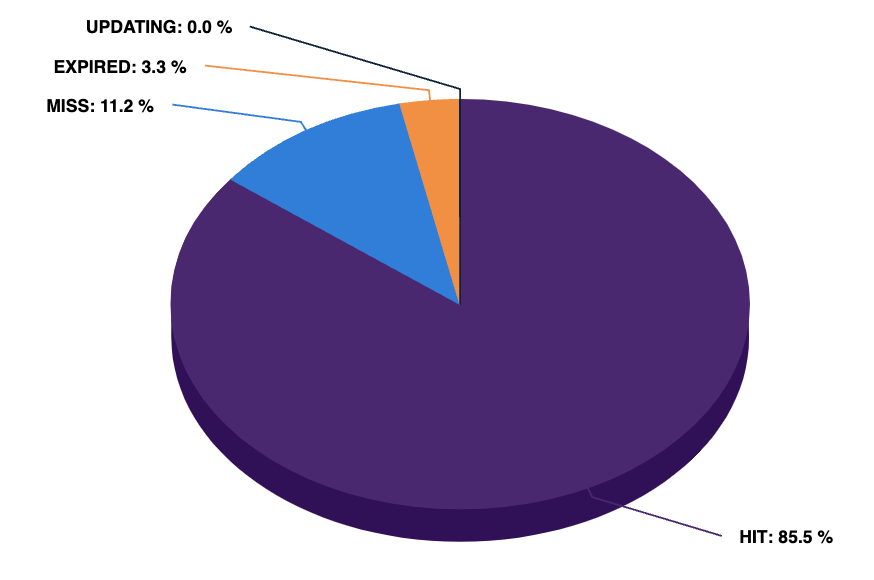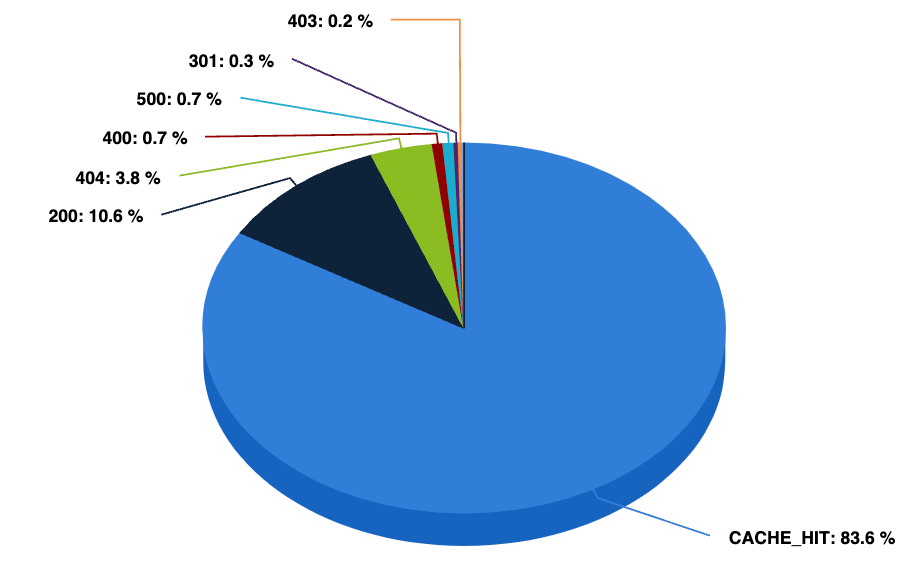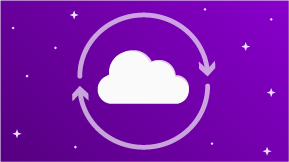Contenty-Delivery Network and Web Application Firewall

A CDN can enhance website performance, reduce latency, and improve user experience by caching and serving static and dynamic content efficiently. It can handle high traffic loads, mitigate network congestion, and provide faster delivery of multimedia content, resulting in improved customer satisfaction and engagement.
It serves also as a Disaster Recovery solution if your backend happens to go down for lack of resources, programming errors, maintenance, lack of electricity or hazardous weather conditions that interrupt the operation.

















